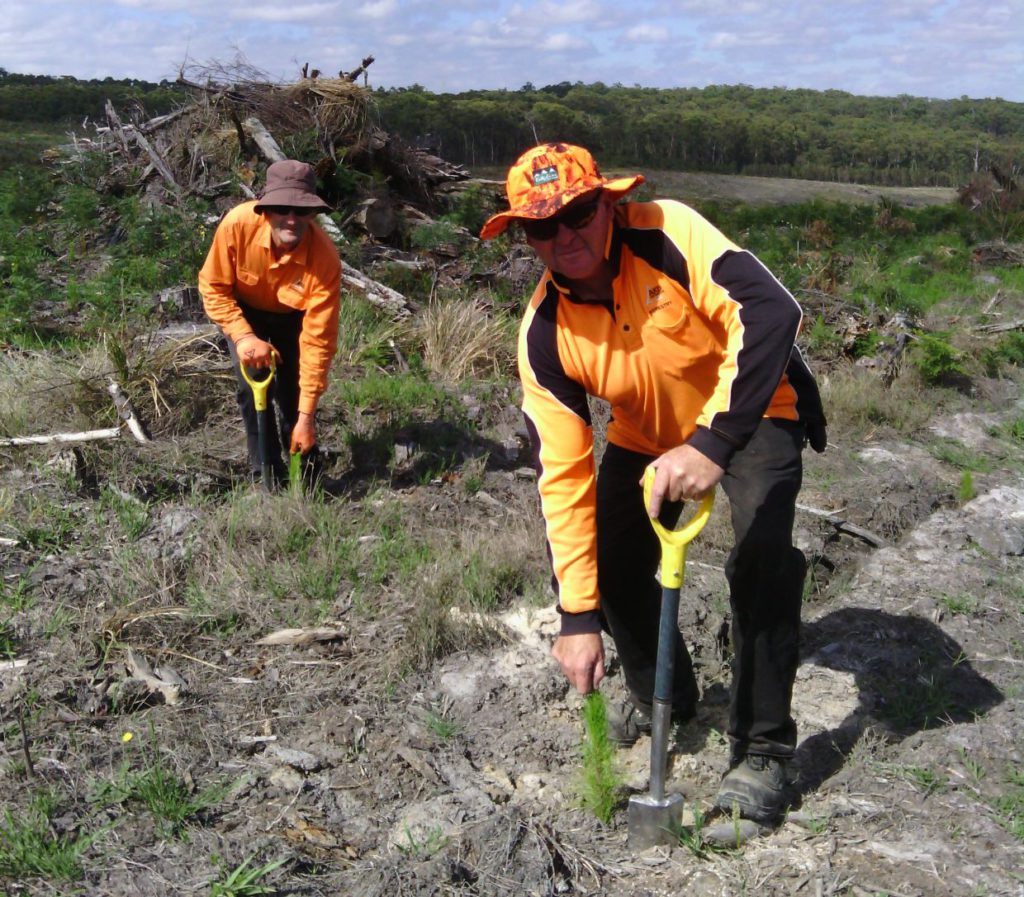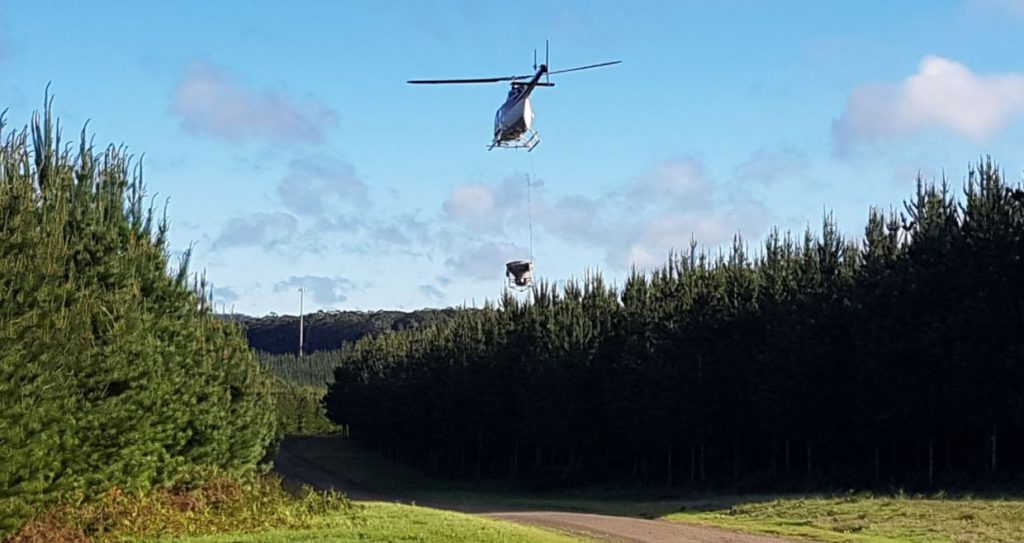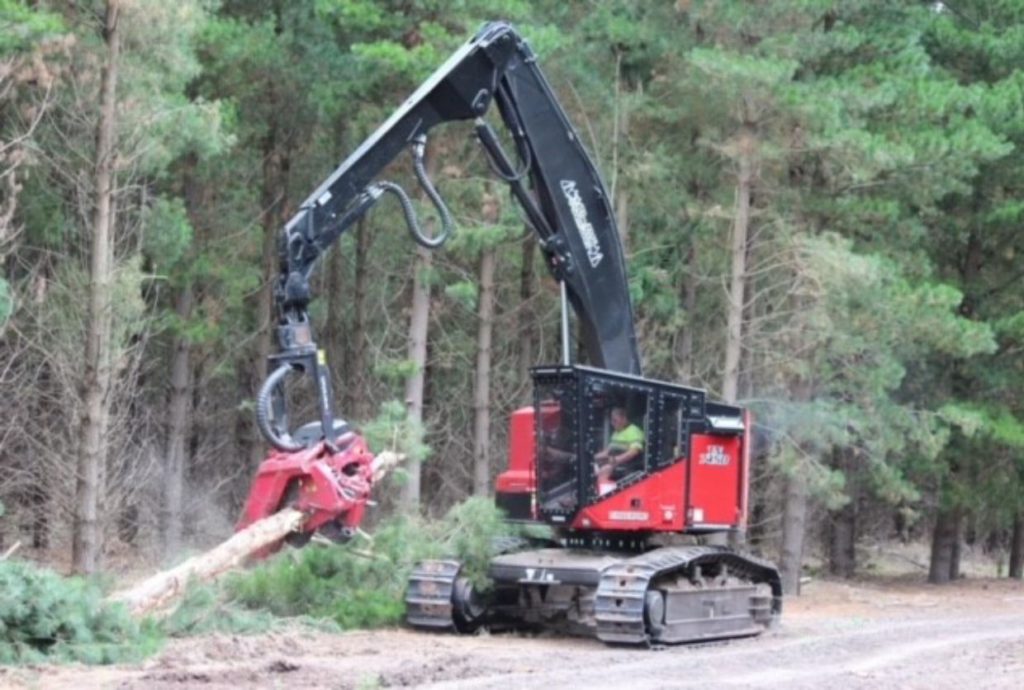Our Plantations.
With a dedicated team of professional staff, our forest operations are developed and maintained as a key strategic component of our business growth.
AKD currently owns and manage 10,000 hectares of sustainably grown Radiata pine plantations. AKD’s plantation estate is spread across areas of Western Victoria, situated in three specific regions: Otway, Ballarat and the Green Triangle. These plantations were established to support our Colac sawmills.
AKD recently purchased new land in the Oberon and Tumut areas of New South Wales, soon to be established into Radiata pine plantations for our sawmills in these regions.
We take a long-term view when we establish a crop of trees. To produce the required strength characteristics in sawn timber for construction, it takes careful nurturing and tending until the trees are at least 30 years old at time of final harvest.
It all starts with growing a healthy crop of trees. Deploying the initial right genetics in plant selection, and having the right planting spacings, weed control and nutrition regimes to allow for improved survival in the field in the early years.
During the lifecycle of our forests, the trees are constantly improved to maximise sawn timber supply at final harvest. Early in the lifecycle, the number of trees in each stand are reduced or “thinned” firstly at an age of 11 and 13 years, where the smaller and suppressed trees are moved reducing the stocking from 1,350 stems per hectare to 850 stems per hectare to release the dominant trees. These stands are then thinned a second time between the ages of 17 to 19 years to further promote growth on the remaining dominant trees. These thinning events promote growth on the largest and dominant trees, making them even larger still so that at final harvest the best of the original crop of trees planted 30 years ago produce the best structural sawn timber.
To ensure the success and effective management of our plantations we maintain a strong network of contractors, who along with our dedicated forestry team manage the various activities through the life cycle of our plantations, from; site preparation and land management, planting, silviculture, harvesting and transport of logs to our sawmills.
The risk of fire is ever present. Fire preparedness and prevention is an important part of forest and land management. This can be as simple as maintaining fire breaks and water access points in our plantations to the more sophisticated use of satellites to remotely detect fires or the coordinated use of aircraft, fire tankers and heavy machinery on the fire line.
We have a very close affiliation with the Country Fire Authority; AKD is a CFA Forest Industry Brigade and has 10 trained firefighters available for fighting fires. AKD also liaises closely with other fire response agencies such as Forest Fire Management Victoria and the Green Triangle Fire Alliance, enabling a unified effort to plan for and suppress going wildfires that threaten our plantations and nearby communities.
As you can imagine there is plenty of information available to our forestry team. From how our forests are described and managed to the hundreds of thousands of trees grown and transported to our sawmills each year. The delivery of the logs to the sawmills is supported by software that tracks the origins of the trees. This allows us to follow the logs from the forest through to our weighbridges. Every log is recorded and described before it enters our sawmills by log scanners to determine quality features before they are sorted into log lengths and diameter classes. This allows the sawmill to optimise its production processes before eventual conversion of the logs into sawn timber.
We share this information across our AKD business to continue to optimise our processes. Our long-term objective from seed to sawn timber is to recover the highest grades of structural timber.




